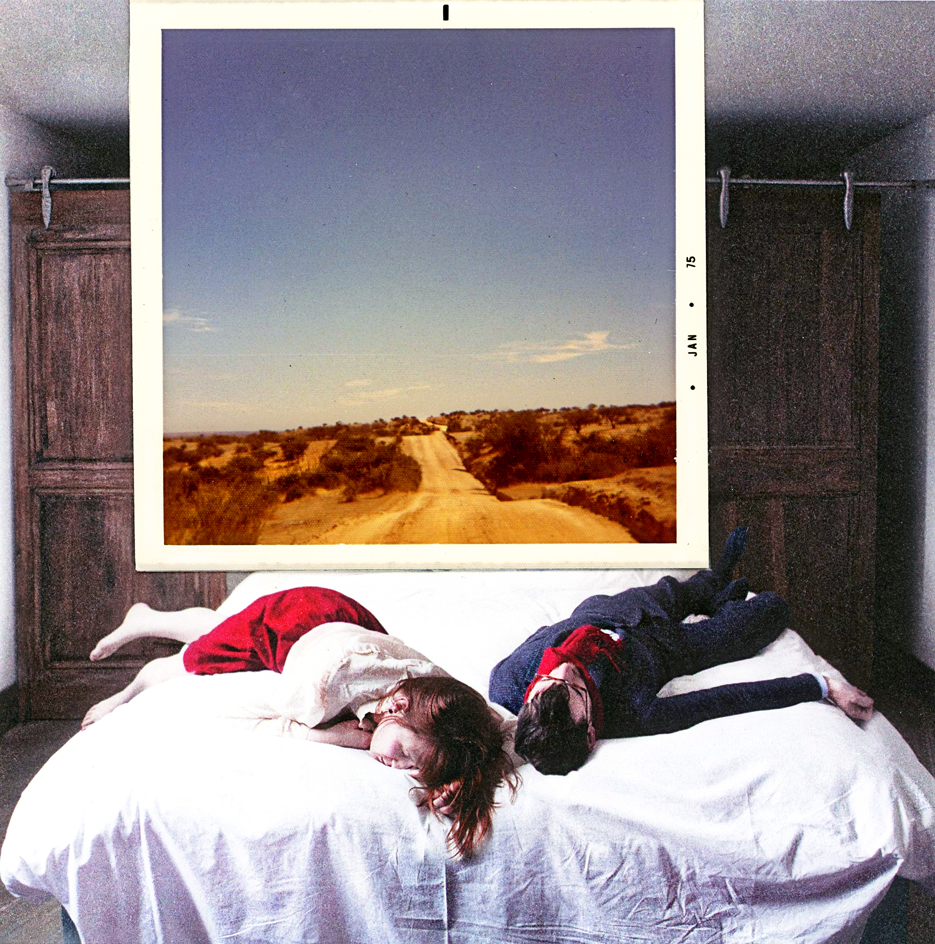In the wings...
I’ve been reading Rick Ruben’s book The Creative Act: A Way of Being. It’s a wonderful book filled with ideas and thoughts about the creative process, ideas and idea making, and art. It’s also been inspiring. A lot of the work I have been exploring lately is based in repurposing and experimenting with ideas from many decades ago… taking ideas that are floating about and seeing how they want to live on in new ways. For the longest time I woudn’t allow myself to even explore a thought if it was remotely tied to an idea that’s already been made. Fears of copyright, many rules from art school, things I have heard or had conversations about with other friends and artists, news… So many RULES!
Once I started making in private and removing myself from selling art, showing art, and thinking about how something I made could be presented after it was made…well, it’s felt very liberating. I realized that so much of my life has been tied to rules and what acceptable behavior requires. I just want to play! Art should be fun. Ideas want to be made - They want to EVOLVE! A hundred years ago, 500 years ago (!) playing with ideas and learning from those who came before (as well as from contemporary makers) was common. It wasn’t until art became “modern” and marketable that copyright became so taboo and such a frightening circumstance. To be clear, I am in no way implying that what someone makes should not be credited or that what someone creates should be taken and claimed as another’s idea. But what I am trying to at least have a conversation about, to make people reexamine, is the idea that no one idea is so precious that it cannot be explored further. Or as Rick Rubin states, “A point of view is different from having a point…Great art opens a conversation rather than closing it.”
“In the Wings, the Story Changes”, Photograph, repurposed imagery using multiple pages of a 1920s VF Magazine, 2023
“In the culture, there’s always a dialogue between the past, the present, and the future, even when it’s not clear what the influence is. As creators and enthusiasts, we share and receive points of view in order to participate in and further this exchange.”







